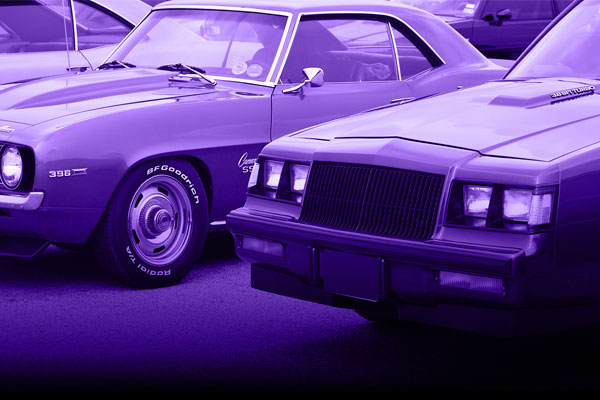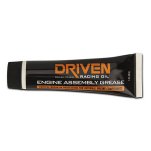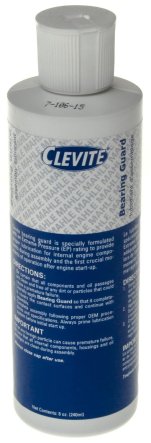I'm working on an accessory with plain bearings lubricated by an oil sump.
The application isn't very demanding, but I want to assemble the bearing surfaces with a lube that won't dry out if it sits on the shelf for years before it's run. Dried out grease could block the pressure lube passages.
When I search for engine bearing assembly lube I get lots of results, but they're not made for longer term storage situations.
Thoughts?
The application isn't very demanding, but I want to assemble the bearing surfaces with a lube that won't dry out if it sits on the shelf for years before it's run. Dried out grease could block the pressure lube passages.
When I search for engine bearing assembly lube I get lots of results, but they're not made for longer term storage situations.
Thoughts?






